These 3 types of Fiber Art are the most common methods of creating textiles that you will come upon. While they are all used to create fabric in one shape or form they are very different in a lot of ways. The structure, uses, and history of weaving, knitting, and crochet are unique to each individual technique.
While this isn’t really a weaving vs knitting vs crochet post – because we’re not pitting them against each other like a cage match – we will be looking at what they each excel at and what they might not be able to inherently accomplish.
No one (Fiber Art) is perfect!
Structure and How They’re Made
Fundamentally, weaving, knitting, and crochet have a very different structure because they are all essentially created by tangling yarn in different ways – at least to a certain extent. These structural differences are one of the biggest ways that these 3 techniques differ and are good (or not as good) at certain things.
Once you know what to look out for – it will be easy to distinguish between the 3 different types of fabrics.
Weaving
Weavings are created when you take 2 strands of yarn – one vertical (warp) and 1 horizontal (weft) and cross them over each other to create fabric. The most basic of weaving techniques is called plain weave or tabby where the weft goes over one warp and under the next and repeats for the entirety of the weaving. This creates a simple, but effective way to create fabric.
Weaving has so many different forms that it can really take on whatever characteristics you want it to. The type of yarn you choose and the weaving structure both play a vital role in how the weaving behaves once it is off the loom.
Weaving is most often done on a loom – to which there are MANY different kinds that all achieve different things. The simplest loom that you can use is a plain picture frame and they get progressively more involved from there. Most looms fall under 1 of 4 general categories: frame loom, table loom, rigid heddle loom, or floor loom and in each of these categories are many different types that all excel at different things – but that’s a different post.
When you are determining if a fabric is woven you will want to look for a distinct grid-like pattern of the weft passing over and under the warp.
Knitting
Knitting is a series of interlocked loops (called stitches) created from 1 strand of yarn using 2 knitting needles. The 2 most common stitches are the knit stitch and the pearl stitch and from these 2 stitches most of the other stitches and patterns can be made.
Knitting can be created with 2 separate straight knitting needles, 2 needles that are attached by a cord, a loom, or a machine. Knitting needles come in a variety of sizes and materials depending on what you are making and what you prefer. Using 2 separate needles is the most iconic way to create knit work and can be used to create flat pieces that can be attached together later if need be. Circular knitting needles that are attached via a cord allow for knitting in the round and create tubes.
Looms used for knitting are different than weaving looms. They resemble a skinny or round pegged frame loom and can be used to create basically anything that you can create with needles – but with less stress on your hands. Knitting machines are similar, but they work faster and can be either fully or semi-automated depending on the machine.
If you don’t have any tools, you can also do finger or arm knitting! These two options make a simple knit structure that can be attached to create larger pieces.
Knitting can be distinguished by the ribbed texture it creates.
Crochet
Crochet is a series of interlocked loops created from 1 strand of yarn using a crochet hook. These fabrics can be made with a combination of many different types of stitches, but always start with a chain stitch.
Unlike weaving and knitting, crochet tools are much simpler in terms of choosing what you need to create your crochet fabric. Crochet hooks come in different sizes and materials and are chosen depending on what you’re making, but the majority are made of aluminum and come in different colors depending on their size. Some hooks are more ergonomic and more comfortable to hold for longer periods – but they all work in the same way.
Crochet doesn’t always have a very distinct pattern to look for. Generally, it looks like purposeful knots (although they aren’t knots) and/or small dense areas adjacent to holes.
Uses
Weaving
Weaving is used in many different ways to create many different things. It is used for both functional and non-functional work. Functional work can be defined as work that is meant to be used and non-functional work is meant to be looked at. Functional weaving can be found in your everyday life as the fabric on your furniture, your clothing (your jeans are woven), your rug, and more. Baskets are another common form of weaving that you are probably used to seeing and using.
Tapestry is a form of weaving that is usually but not always non-functional. The definition of tapestry is a weft-faced weaving that often features discontinuous weft. The use of discontinuous weft allows tapestry to be able to create imagery and excels at this feature. Tapestries are usually displayed hanging on the wall and are meant to be viewed as artwork.
Because they are!
Non-functional weaving, though, is not exclusive to tapestry and really can be anything you want it to be.
Knitting
Knitting is generally the stretchiest of the three due to the way the loops are created. This makes it a great option for fitted clothing or anything you want to be able to conform to what you put it on. You often see knitting for sweaters, socks, scarves, and hats. Your t-shirt is also made with knit material, just on a much smaller scale. In fact, if you look at it closely or stretch it out some then you can see the ribs that are created by the knitting.
Knitting can also be used to create imagery but is distinctly different from the imagery of weaving. Both types of imagery are created as though they are pixels – but knitted imagery contains a distinct ribbed “v” pattern as seen in the hat below.
Crochet
You often see crochet in blankets and scarves. Those granny square blankets? Yeah, that’s crochet.
It is also used often to create intricate lace details that can be attached to other fabrics. The ability of crochet to create these lacy details can be attributed to the fact that it is generally worked one loop at a time and therefore has the ability to be more intricate. This lace is also possible due to the use of fine thread and a small hook. Another way that crochet is used is in the making of amigurumi! These cute crocheted stuffed animals started in Japan and the word means crochet or knit doll/ toy. While these can technically be knit, they seem to almost always be crochet.
Crochet is inherently a lot less stretchy and creates a stiffer fabric than knitting because the interlocked loops are similar to knots – but it depends on the type of fiber used. Different fibers or an open pattern could allow for a slightly stretchier or better draping fabric.
(A Brief!) History
The history of textiles can be hard to trace due to their predisposition to deteriorate. Most of the evidence of early textiles are found as fossils or depictions on pottery or sculptures. That being said – the histories of these textiles go back as far as at least the upper paleolithic era (that’s 20,000 BCE) when the oldest example of spun cord every found was from.
So I’ll summarize because otherwise this would be REALLY long.
Weaving
Weaving is the oldest of the three fiber techniques by thousands of years and is thought to have originated sometime during the Neolithic era. The oldest known record of woven textiles was from an imprint in clay found in Iraq and a pseudomorph (when one substance replaces another) on bone in Turkey. This was dated to be from about 7000 BCE, but due to how well done they were – these were probably not the start of weaving as we know it.
Weaving spread to China around 5000 BCE but doesn’t seem to appear in the western hemisphere until about 2000 BCE with evidence that it was brought over from Asia.
The first loom was thought to be a version of the backstrap loom and from there 2 other types of looms were derived. The ground loom and the warp-weighted loom spread across 2 different parts of the world – Mesopotamia through Egypt and across Europe from Hungary.
Advancements in weaving often went hand in hand with growth and change in other areas. Domestication, inventions, and discoveries all moved weaving forward.
Up until the domestication of sheep in 4000 BCE, woven textiles were almost completely made from cellulose fibers like hemp, linen, and cotton. Wool naturally comes in different shades and takes dye easily. Due to this, woven textiles started to get bolder and more complicated.
The invention of the flying shuttle in 1733 by John Kay, the power loom by Edmund Cartwright, and other inventions made weaving faster and larger. These types of textile inventions led to the beginning of the industrial revolution by moving people from their homes and into factories.
Knitting
The word knitting comes from cnyttan which means “to tie with a knot”
Knitting is thought to have originated in Egypt as early as 500 CE as a faster form of nailbinding – another similar Fiber Art technique. The oldest knitting fragment ever found was from Egypt around 1000 AD and featured intricate patterning. Due to this patterning it is safe to assume that it was not the first knitted textile to exist.
During the 14th century knitting spread to Europe and can be seen depicted in paintings, but the purl stitch wasn’t invented until the 16th century by English knitters. It is at this time the Queen Elizabeth I started to incorporate knitted sleeves into her gowns.
The manufacturing of knitted textiles was so important in England that in 1571 an act was enacted that required most of it’s citizens to wear a knitted cap on Sundays and Holidays or they would be fined. This kept the makers in business.
The first knitting machine was invented in 1589 during the industrial revolution and allowed for a larger scale of knitted goods. With this new invention, the need for hand-knitting was all but eliminated and hand-knitting became something for wealthy ladies to do as a past time.
Crochet
The term crochet comes from the French word croc or croche which means “hook”.
Crochet is the youngest of the three techniques, although the origins of crochet are the least well known among them since there is no archaeological evidence of early crochet at this time. It is thought to have originated in Europe in the 16th century as a variation of a technique called tambour embroidery that came from Turkey, Persia, India, and North Africa.
After spreading through Europe – crochet literally saved many Irish people during the potato famine by allowing them to sell their intricate crochet lace and save enough money to emigrate. It is at this time that they brought crochet to America.
The ubiquitous granny square that crochet is so well known for didn’t come about until about 1880 and amigurumi first started in 1927 and was officially named in 1951.
Regardless of the type of Fiber Art you are creating you will need to purchase yarn. If you are looking to order that yarn online then check out my online yarn stores post for a list of some of the best places you can order from!
What is your favorite fiber fact that you learned today? Let me know!
Resources
https://knitfarious.com/guide-to-knitting-needle-types/
https://www.makersmercantile.com/history-of-knitting-a-resource-guide.htm
https://www.vam.ac.uk/articles/the-history-of-hand-knitting
https://www.crochet.org/page/CrochetHistory
https://www.interweave.com/article/crochet/crochet-through-history/
https://www.encyclopedia.com/history/encyclopedias-almanacs-transcripts-and-maps/power-loom-invented
Barber, Elizabeth Wayland. Women’s Work: the First 20,000 Years: Women, Cloth, and Society in Early Times. Norton, 1995.
⇣ Love It? Share It! ⇣
You May Also Like


















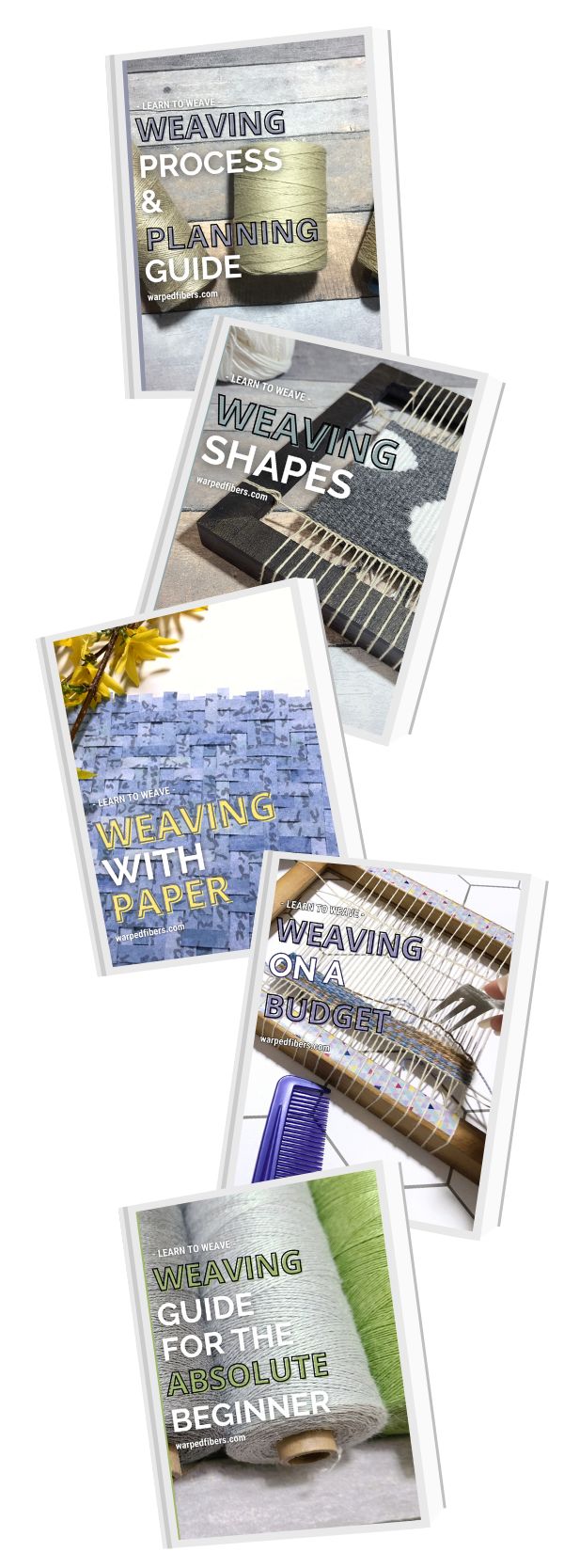
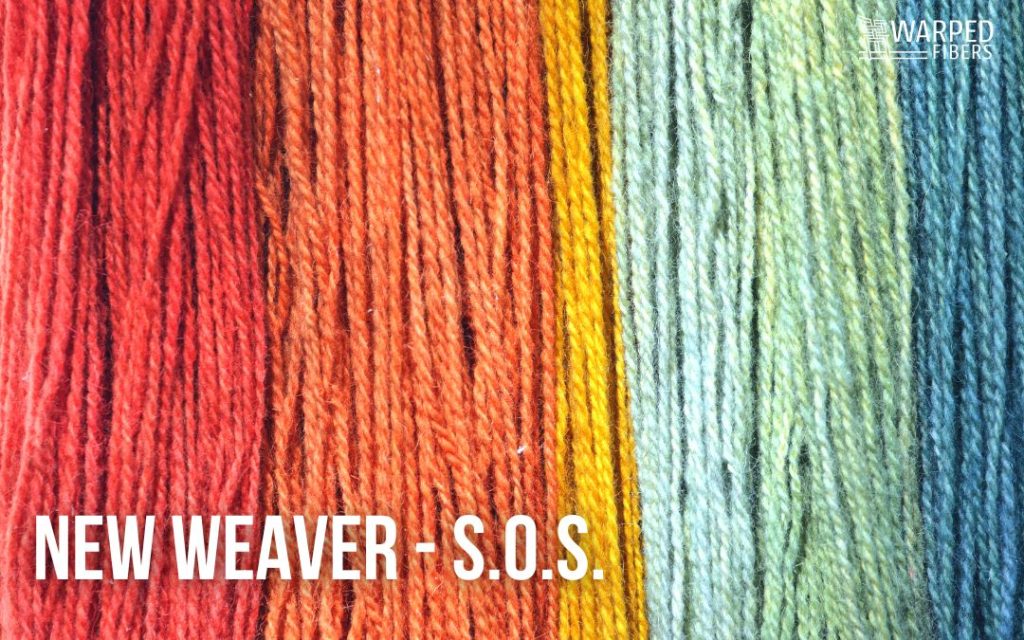

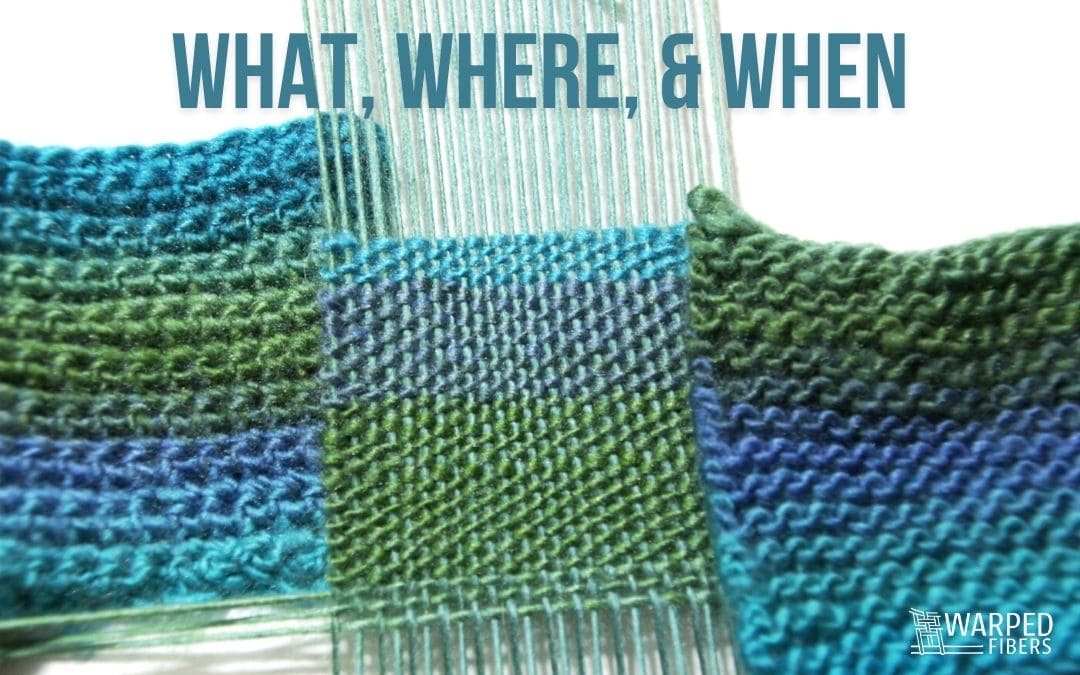

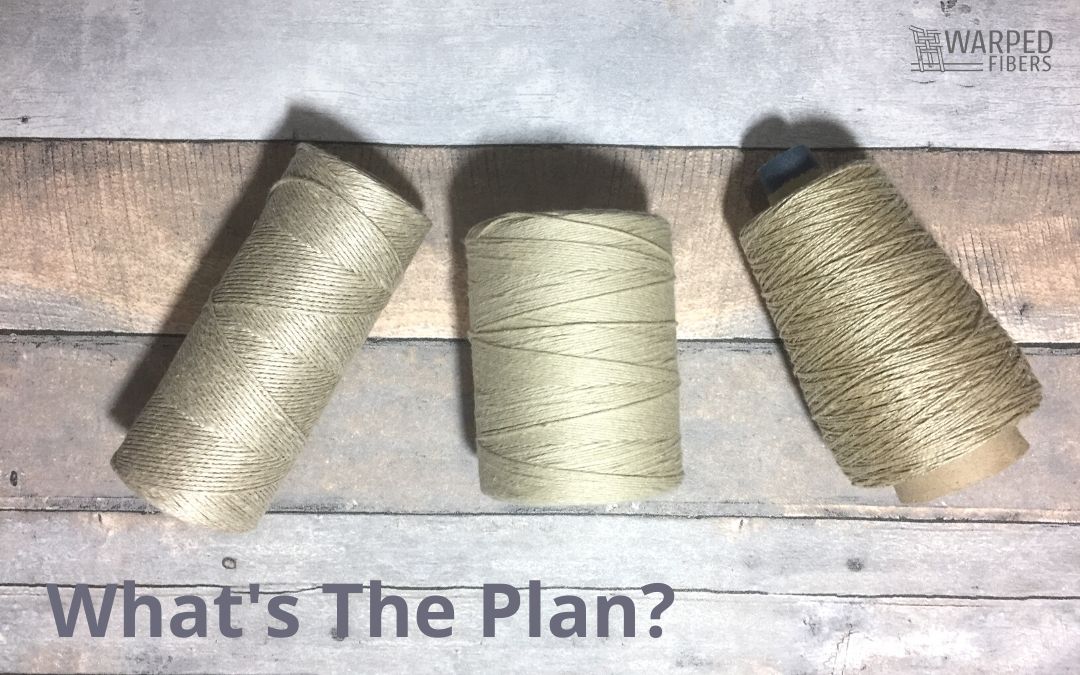

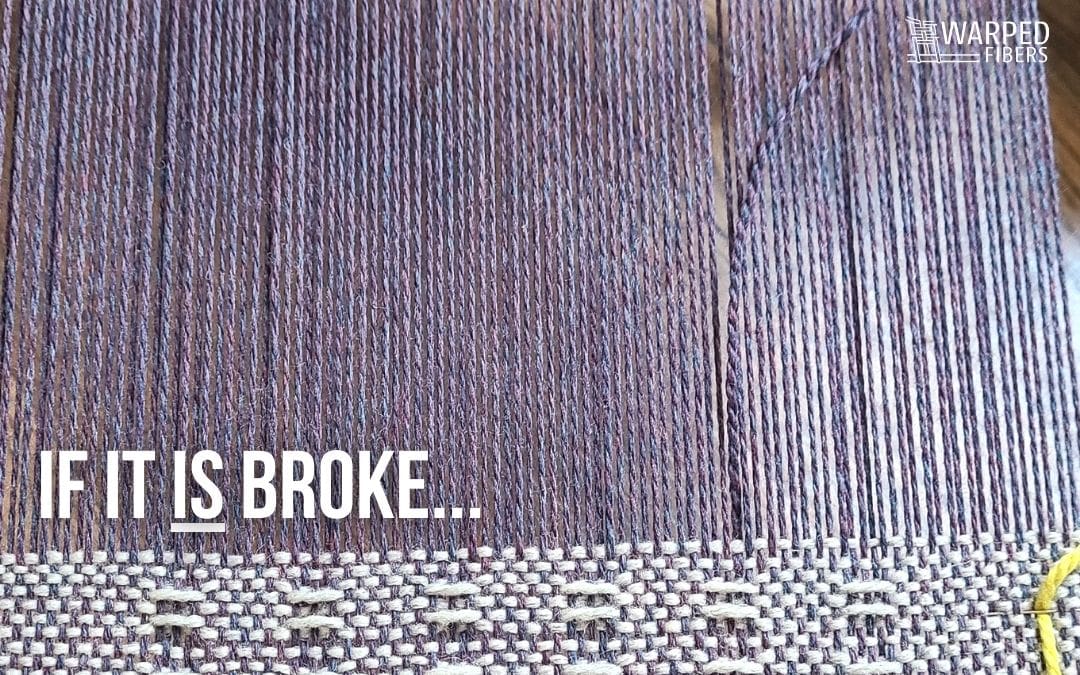

good article, thank you. wondering (aside from the cost of hard equipment) which is the most economical, or in other words, which uses the least amount of yarn for say a baby blanket? thank you.
I believe they would use about the same amount of yarn. Weaving might use a little bit less, but you also need to account for loom waste.
I could understand a lot, but I didn’t know the difference between knitting. thanks
You’re welcome!
The truth is very informative!
I appreciate learning the differences between the three types of fiber art. And the great history lesson, too! My grandmother loved to crochet and it’s the one that I’m a little familiar with. Thank you for a great read and for sharing your passion.
You’re welcome! So glad you learned something!
I have been a fan of crochets and did a few small pieces like cellphone cased before. But I didn’t know the difference between crocheting and knitting until this.
Wow very informative!